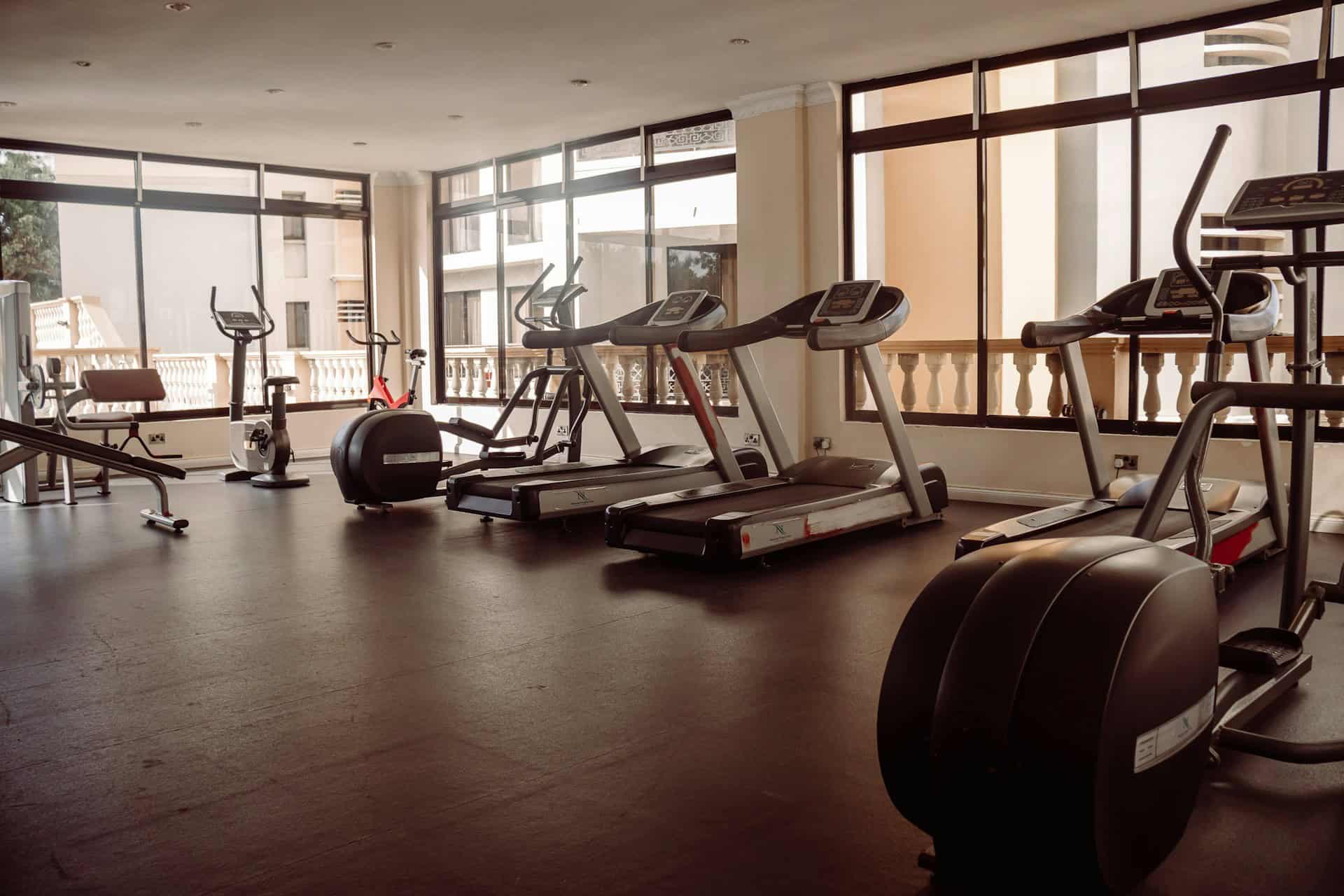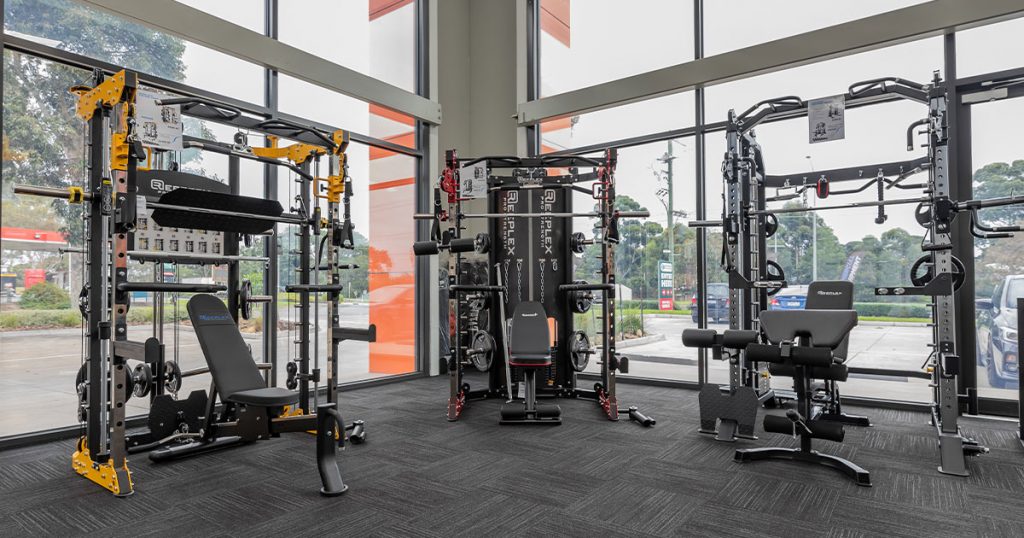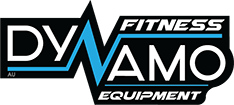
How to Set Up a Home Gym in a Small Space
Setting up a home gym can completely transform your fitness routines. At Dynamo Fitness, we know it’s all about convenience, saving money, and designing a workout area that’s just right for you—even when space is limited.
Whether you want to skip the gym commute, enjoy the privacy of working out at home, or design a space that aligns with your fitness goals, this guide covers everything you need.
From picking the right equipment to maintaining your setup, get ready to create a functional and motivating workout environment—even in a small area like a garden shed or a compact gym in your garage.
Key Takeaways:
- Convenience and Time-Saving: Enjoy workouts on your schedule with your very own home gym.
- Smart Planning: Assess your space and fitness goals before investing in equipment.
- Maintenance Matters: Regular upkeep and proper storage are essential for a long-lasting, efficient home gym.
Why Should You Set Up a Home Gym?
Benefits of a Personalized Workout Space
Setting up a home gym can be a total game-changer for your health and fitness journey. With more people seeking convenient and effective ways to work out, having your own gym—designed with expert insights from Dynamo Fitness—is the perfect blend of practicality and personalization.
It’s especially great for busy schedules or if you’re short on space. Whether you’re working with a tiny spot like a garden shed or setting up a garage gym, the benefits of having a dedicated workout area are endless.
From choosing the right fitness equipment to ensuring privacy and comfort, creating your home gym allows you to tailor your workouts to meet your unique needs.
For more design ideas, check out our power racks for versatile lifting solutions that complement your setup.
Convenience + Time-Saving
Work Out On Your Own Terms
One of the biggest perks of having a home gym is the unbeatable convenience it brings to your workout routine. No more dealing with long commutes or waiting in line for equipment.
With all your fitness gear right at home, you can exercise whenever you want.
Whether you squeeze in a quick session during a break or enjoy a full workout after work, your home gym offers a hassle-free experience. You have the freedom to design your workout space exactly how you like it, whether you want to blast your favorite tunes, follow workout videos in private, or customize your setup to match your personal style.
Cost-Effective Fitness
Save Money + Get More from Your Workouts
Creating a home gym can be a smart financial move. Although the initial investment in fitness equipment might seem high, the savings on gym memberships, travel expenses, and additional costs like personal training add up over time.
Ditching the traditional gym setup not only saves money but also offers flexibility in your workout routines.
Many users start with the basics—dumbbells, resistance bands, and a yoga mat—and find that these essentials take them far. Over time, these choices can lead to a sustainable, affordable fitness journey without those recurring fees.
Personalized Workouts
Tailor Your Fitness Routine to Your Goals
A home gym lets you personalize your workouts to perfectly match your fitness goals and preferences. Unlike commercial gyms, where the equipment and classes may not fit your needs, you have the freedom to choose and set up the gear that works best for you.

This flexibility means you can integrate weight machines for strength training, an exercise bike for cardio, or even a dedicated yoga space. Customizing your gym layout and equipment not only boosts motivation but also helps you stay consistent on your fitness journey.
Privacy + Comfort
Work Out in Your Own Safe Haven
One of the best advantages of having a home gym is the privacy it offers. You can work out without feeling self-conscious or being distracted by others, allowing you to focus fully on your fitness goals—whether you’re doing yoga in the living room or lifting weights in your garage gym.
This privacy not only helps you concentrate but also allows you to push your limits without external judgment.
Personalizing your space with motivational artwork, great ventilation, and comfortable touches creates an environment that is uniquely yours and keeps you engaged every time you work out.
What Equipment Do You Need for a Home Gym?
Build Your Ultimate Workout Arsenal
When setting up your home gym, choosing the right fitness equipment is key to getting the most out of your workouts. Whether you have a spacious garage or a cozy studio apartment, a mix of equipment for both cardio and strength training will help keep your routine varied and effective.
Cardio Equipment
There’s plenty of options to choose from to up your cairo including;
All of these options provide excellent cardiovascular benefits. Compact models, such as a folding treadmill, are especially great for smaller spaces.
Strength Training Equipment
A combination of weight machines and free weights is ideal for building muscle and overall strength. Free weights, including dumbbells and kettlebells, offer natural range-of-motion benefits, while machines can help guide proper form—perfect for beginners and seasoned lifters alike.
Functional Trainers
Functional trainers are versatile pieces that allow you to perform a variety of exercises mimicking everyday movements, improving strength, balance, and coordination. They’re a fantastic addition to any home gym for comprehensive training.
Accessories
Don’t overlook the power of good accessories to help keep your gym organized and your workouts safe. We’d suggest adding these to your home workout space;
How to Choose the Right Equipment for Your Space

3 Tips for a Custom-Fit Home Gym
Choosing the right equipment is crucial to ensuring that your home gym helps you achieve your fitness goals efficiently.
1. Assess Your Space
Before purchasing any equipment, evaluate the space available in your home. Whether it’s a dedicated corner in your studio apartment or a full garage gym, knowing your dimensions helps in selecting gear that fits comfortably without overcrowding your area.
For layout inspiration and smart space-saving solutions, visit our home gyms collection.
2. Consider Your Fitness Goals
Identify your fitness objectives—whether it’s weight loss, muscle building, or overall health improvement. Each goal may require different equipment, from free weights and resistance bands for strength to treadmills and bikes for cardio. Matching equipment to your goals ensures that your home gym works as hard as you do.
3. Read Reviews + Compare Features
Research is key. Read customer reviews, compare features, and evaluate the quality of different products to ensure you make an informed decision. Understanding what works best for your training style will lead to a more satisfying purchase and a better workout experience.
Setting Up Your Home Gym
Create a Functional + Motivating Workout Environment
When setting up your home gym, focus on creating a space that’s organized, safe, and inspiring.
1. Clear the Space
Begin by clearing out your designated workout area to remove clutter and distractions. A clean, organized space sets the stage for focused and efficient workouts.
Consider adding storage solutions, such as bins and shelves, to keep your equipment tidy and easily accessible.
2. Determine the Layout
Plan the layout of your gym carefully. Ensure there’s enough room for movement and that equipment is arranged in a logical flow. This not only enhances safety but also makes your workouts more fluid.
3. Install + Set Up Equipment
Follow manufacturer instructions to properly install your fitness equipment. Ensuring everything is secure and stable is crucial for safety and performance. Regularly inspect your setup to maintain its condition and effectiveness.
4. Personalize Your Space
Make your gym truly yours by adding personal touches—motivational artwork, a vision board, or even a custom color scheme. Personalizing your space boosts motivation and makes every workout session more enjoyable.
3 Tips for Maintaining Your Home Gym
Keep Your Space Clean, Organized + Safe
Maintaining your home gym is essential for both longevity of your equipment and the overall workout experience.
1. Clean and Disinfect Equipment Regularly
Keeping your gym clean is crucial for hygiene and equipment longevity. Regular cleaning and disinfecting ensure a healthy workout environment. Consider using rubber mats and proper cleaning agents to maintain your gear.
2. Store Equipment Properly in Small Spaces
Invest in smart storage solutions to keep your equipment organized and accessible. Shelves, bins, and wall-mounted racks can help maximize your space and maintain a clutter-free area.
3. Regularly Inspect and Maintain Equipment
Routine inspections and maintenance are key to ensuring safety and performance. Check for signs of wear and tear, tighten bolts, and follow manufacturer guidelines for servicing your equipment.
Final Reps: Your Home Gym Journey Starts Now!
Setting up a home gym in a small space can be both fun and practical. This guide has covered everything from evaluating your space and selecting the perfect mix of cardio, strength, and functional training equipment, to planning an efficient layout and maintaining your gear for safety and longevity.
Ready to transform your workout space? If you have any questions or need personalized advice, contact us online today.
Or, better yet, visit your nearest store to test out the equipment firsthand and experience how our solutions can help you build your dream home gym!
[sp_easyaccordion id=”5674″]